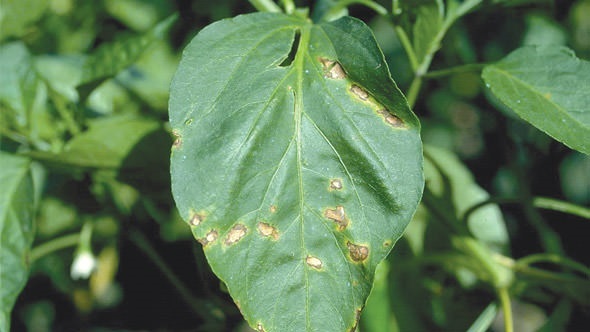Why the Future of Food Production Could Be Out of This World

Automation, artificial intelligence, and robotics represent potentially monumental changes for agriculture’s future, and Texas A&M AgriLife scientist Azlan Zahid hopes his work will spearhead that evolution for urban farming.
Zahid’s research at the Texas A&M AgriLife Research and Extension Center at Dallas seeks to create and implement automation and artificial intelligence into controlled environment agriculture like greenhouses and vertical grow systems in warehouse settings. The field is burgeoning and evolving rapidly.
Companies like Google, Amazon, and SpaceX are investing in what Zahid and others believe is the future of localized food-crop agriculture, especially production that supports urban areas. For example, SpaceX is currently working to develop commercial production of leafy greens but is also working toward mimicking earthly growing environments for fruit and vegetable production on Mars.
“The applications of this production method are limitless, but the immediate goal is to cut out links of the supply chain and grow food in urban settings,” he says. “Removing shipping costs and the time it takes for food to move logistically allows growers to deliver the highest quality fresh fruits and vegetables quickly to consumers.”
Artificial intelligence, automation, and institutional research data will play an important role in this evolution of food production capability.
Commercial growers have utilized hydroponic and vertical growing systems in warehouse spaces to maximize their yields per square foot for years. Grow lights, soil, water, nutrients, and management programs provide crop-specific conditions for plants to mature to their full potential, Zahid says.
But automation, AI, and robotics can take well-established growing methods to the next level.
The goal of Zahid and the controlled environment agriculture program at Dallas is to develop systems that optimize the microclimate inside the grow space. This could include manipulating light, carbon dioxide levels, temperature, humidity, and other factors that plants need to develop, based on feedback the system receives from the crop, down to the individual plant.
A fully integrated system will work around the clock to take food crops from seed to harvest. For instance, Zahid is working to create a system that monitors plants for needs and problems. It tends to the plants, and it harvests them when they are ready for market.
Zahid said controlled environment agriculture adds precision to production that will not only reduce input costs and crop losses but also postharvest waste.
“Traditional production systems now require crops to be harvested and shipped to consumers in large quantities,” he says. “Much of that produce is getting to market too early or too late, and that leads to an incredible amount of waste. Growing in urban settings allow growers to get produce to consumers quickly, and AI technology will give growers the ability to detect maturity and hand-select fruits and vegetables for harvest at peak quality.”
Zahid just arrived recently at Texas A&M but already has a handful of projects underway.
For more, continue reading at AgrilifeToday.tamu.edu.








